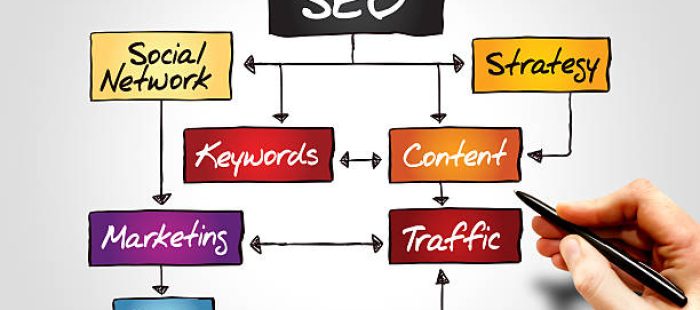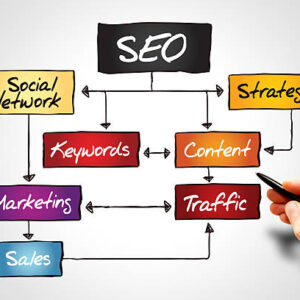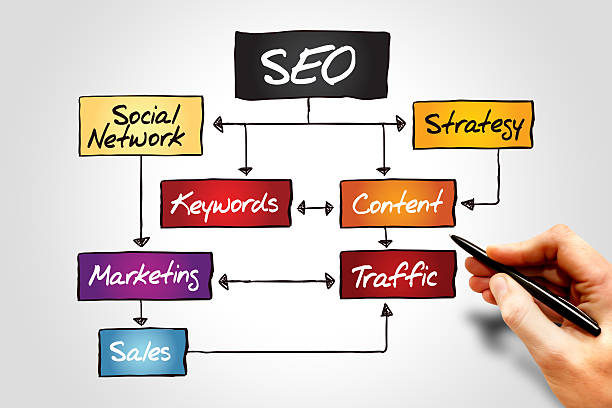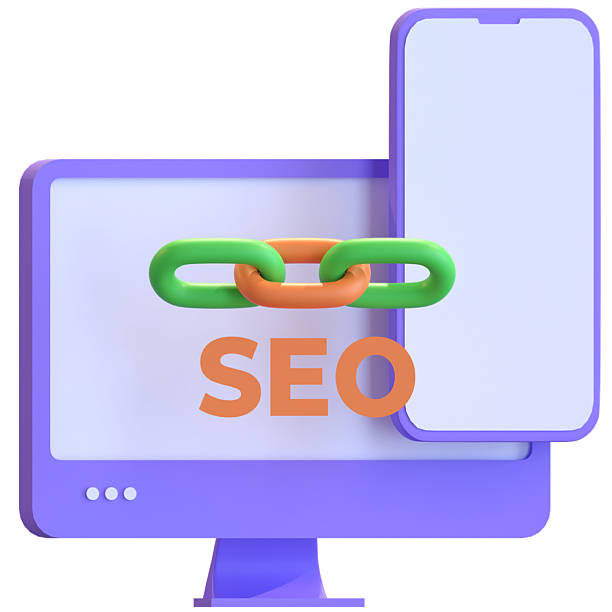
Recent Posts
Seo Case Study For Rankings 2025
- August 6, 2025
- 10:29 am
- Admin

Hi friends, Today I am going to share an SEO ranking case study that helped rank my keywords on the first page of Google at a low cost. First of all, let me introduce myself: my name is Ali khan. I have been doing SEO since 2011. I have ranked thousands of keywords on Google, and SEO is not only my business but also my passion. We also have good content writing artcile service if you don’t have time to write just hire us.
As we know, nowadays SEO is not an easy task for everyone. However, with patience, hard work, and the right strategy, you can rank any keyword in the world. Currently, I am working with different firms from various countries; they hire me to rank multiple keywords many times.
My Simple Strategy Of Ranking Keywords
I am going to share a strategy that actually works, rather than talking about things like Koray SEO, semantic SEO, or technical SEO.
On Page Seo
On-page SEO is the foundation of any successful SEO strategy. It involves optimizing individual web pages to rank higher and earn more relevant traffic in search engines like Google. Unlike off-page SEO, which focuses on backlinks, on-page SEO is fully under your control.
1. Title Tags
Your page title (also called the title tag) is one of the most important ranking factors. It should:
l Be unique and descriptive.
l Include your main keyword naturally.
l Stay under 60 characters.
Example:
✅ Best DSLR Cameras in 2025 – Complete Buying Guide
2. Meta Descriptions
Meta descriptions don’t directly impact rankings but can improve click-through rates.
Tips:
l Keep it between 150–160 characters.
l Use action words and include your keyword.
l Summarize what the page is about.
3. URL Structure
Search-friendly URLs help both users and Google understand your content.
Best practices:
Short and descriptive.
Include keywords.
Use hyphens, not underscores.
Example:
✅ example.com/on-page-seo-guide
❌ example.com/page?id=123
4. Headings (H1, H2, H3…)
Use headings to structure your content:
H1: Only one per page, should include your main keyword.
H2/H3: Use to break content into readable sections.
Helps Google understand content hierarchy.
5. Keyword Placement
Include your main keyword in:
l First 100 words
l Title and headings
l Image alt text
l URL
l Naturally throughout content
l Avoid keyword stuffing — focus on readability.
6. Image Optimization
l Use images to enhance content, but optimize them:
l Use descriptive filenames
l Add alt text with relevant keywords
l Compress images to speed up loading
7. Internal Linking
l Link to other pages on your website:
l Helps Google crawl your site.
l Passes link authority.
l Improves user engagement.
l Use descriptive anchor text (e.g., “learn about off-page SEO”).
8. Mobile Responsiveness
Google uses mobile-first indexing.
Ensure your page:
l Works well on all screen sizes
l Uses readable fonts
l Loads quickly on mobile
l Use tools like Google Mobile-Friendly Test to check.
9. Page Speed
A slow page hurts both ranking and user experience.
To improve speed:
l Compress images
l Minify CSS/JS
l Use a fast web host
l Enable browser caching
l Check performance with Google Page Speed Insights.
10. Content Quality
Google ranks high-quality content higher.
What makes content great?
l Unique and original
l Helpful and informative
l Clear and structured
l Updated regularly
l Write for users, not just search engines.
11. Schema Markup
l Use structured data (schema) to help Google understand your content:
l Add review ratings, FAQs, articles, and product info.
l Increases chance of rich snippets in search.
l Use tools like Google’s Structured Data Markup Helper.
12. User Engagement
Good engagement signals (like time on page, low bounce rate) can boost SEO.
Improve engagement by:
l Writing compelling introductions
l Using bullet points and visuals
l Offering valuable insight

Stay Connected With
Cutting Edge Digital Marketing
Guest Post Innovators, a leading digital marketing agency, delivers comprehensive digital marketing services
Recent Posts






